Seoul Garden Hotel (베스트웨스턴 프리미어 서울가든호텔)
8.3Km 2021-05-07
58, Mapo-daero, Mapo-gu, Seoul
Seoul Garden Hotel is the only 4-star hotel in the Mapo area. Conveniently located near Yeouido’s business center and the shopping area of Itaewon, the hotel is a prime accommodation for business travelers as well as leisure guests. The hotel is between two subway stations on four different lines, including the Airport Railroad, making it easy to get to the hotel. Guests can be assured of quality of accommodations at reasonable rates. The hotel includes restaurants, banquet halls, a business center, a fitness center, and more.
Doseong (도성)
8.3Km 2021-03-26
15, Jahamun-ro 7-gil, Jongno-gu, Seoul
+82-2-738-8885
Sujebi jjambbong (Korean spicy seafood noodle soup with hand-pulled dough) is also a popular menu. This restaurant's signature menu is noodles in black bean sauce. This Korean dishes restaurant is located in Jongno-gu, Seoul.
Onmaeul (온마을)
8.3Km 2021-03-22
127, Samcheong-ro, Jongno-gu, Seoul
+82-2-738-4231
A place that sells dishes made with beans, which are good for the health. This restaurant's signature menu is pureed soybean stew. This Korean dishes restaurant is located in Jongno-gu, Seoul.
Parque Sajik de Seúl (사직공원(서울))
8.3Km 2022-09-19
Sajik-ro 89, Jongno-gu, Seúl
El parque Sajik es uno de los tres parques más famosos en Jongno-gu, junto con los parques Tapgol y Samcheong. Situado al oeste de Cheong Wa Dae, cerca del monte Inwangsan, el parque tiene unas impresionantes dimensiones de 188.710 m².
El nombre del parque fue elegido en 1395, cuando Taejo Lee Sung-gye hizo su primer Sajikdan (altar a los dioses del Estado) junto con el santuario Jongmyo, en el centro del parque. "Sa" se refiere a la deidad de la Tierra, mientras que "jik" hace referencia a la deidad de los cinco granos. Varios rituales por buenas cosechas tuvieron lugar regularmente en el Sajikdan; sin embargo, el área no fue reconocida como un parque hasta 1922, durante el período colonial japonés.
En el parque se encuentran muchos parques infantlies, estatuas de Shin Saimdang, Hwanghakjeong y Yi I (nombrado a menudo por su nombre de escritor, Yulgok), y la Biblioteca Municipal Infantil. El santuario Dangun y la Biblioteca de Jongno se encuentran por la zona. Siguiendo el camino cercano al parque Sajik durante 5 minutos, los visitantes pueden llegar a la ruta para excursionistas del monte Inwangsan con relativa facilidad.
Velvet Moon (벨벳문)
8.3Km 2021-03-26
39, Jahamun-ro 5-gil, Jongno-gu, Seoul
+82-10-4028-9957
This coffee shop roasts coffee beans directly. This Korean dishes restaurant is located in Jongno-gu, Seoul. The most famous menu is espresso.
Seongbuk-dong Jip(성북동집)
8.3Km 2020-12-24
4 Seongbuk-ro 24-gil Seongbuk-gu Seoul
+82-2-747-6234
This restaurant in Seongbuk-dong is famous for its Kalguksu (chopped noodle soup) and dumplings. This restaurant's signature menu is noodle soup. This Korean dishes restaurant is located in Seongbuk-gu, Seoul.
Seongbuk-dong Jip (성북동집)
8.3Km 2021-03-29
4, Seongbuk-ro 24-gil, Seongbuk-gu, Seoul
+82-2-747-6234
This restaurant in Seongbuk-dong is famous for its Kalguksu (chopped noodle soup) and dumplings. This restaurant's signature menu is noodle soup. This Korean dishes restaurant is located in Seongbuk-gu, Seoul.
GOGHI (고희)
8.3Km 2021-03-26
17, Jahamun-ro 12-gil, Jongno-gu, Seoul
+82-2-734-4907
A good café to have a meal as it has a brunch menu as well as drinks. This cafe is located in Jongno-gu, Seoul. The representative menu is americano.
Hangeureut (한그릇)
8.3Km 2021-03-18
136, Samcheong-ro, Jongno-gu, Seoul
+82-2-720-5613
A store that also serves delicious meat noodles. The best menu at this restaurant is rice soup. This is a Korean cuisine located in Jongno, Seoul.
Seochon Guest House [Korea Quality] / 서촌 게스트하우스 [한국관광 품질인증]
8.3Km 2023-04-07
28-3, Jahamun-ro 7-gil, Jongno-gu, Seoul
+82-010-3345-9680
Seochon Guest House is located in Seochon, which is becoming a hot place for tourists in Seoul, and precisely on the road to Suseong Valley, whichis filled with interesting stores and is also well-known for Park Nosoo Art Gallery and the House of Yun Dong-ju (poet). Seochon Guest House is nicknamed ‘Jaeminangol (interesting village)’ after Baekseok’s poem ‘Yeowunangol’, with the aim of providing a visit full of interesting experiences. Passing through a garden and entering the main building, the unique charm of this hanok building, the staircase to get to the first floor from daecheong (main floored room), catches the eye of the visitors. In addition, the building is decorated with various stylish objects including paintings and Korean musical instruments. The terrace situated on the first floor offers an open view of the surrounding area including roof tiles of hanok structures and alleyways in Seochon. It is said that Korean novelist Yoon Hu-myeong also appreciated the structure of the guesthouse, saying, “It is an interesting place.” Built in the 1930s, the house, which has many storage places, was taken by the owner couple in spring 2014 as they were attracted by the house during their trip to Seochon. After the repair work, the ground floor of the house was opened for guests from January 2016, hoping that guests could share their daily experiences and stories with each other. The guestrooms and the main floored room on the ground floor are open to guests, with the exception of the first floor, which is used by the owner couple. The living room is equipped with books, a curved TV, and a table. The tasty meal, which is served in the kitchen, consists of rice and soup with six side dishes and is much loved by guests. The guesthouse offers a total of four rooms – Jae Room, which is the most Korean-style room; Mi Room, which has a combined style of a Korean-style room and Western-style room; Nan Room, which is an ideal room for meditation with a beautiful paper window; and Ahn Room, which is equipped with a veranda and a pretty flowerbed. Every room has its separate charm with various comfortable bedding to provide a quiet and cozy bedroom for guests in the middle of the city. Furthermore, the guesthouse holds a pansori (epic chant) performance twice a year. The owner started learning how to sing pansori to promote the Korean culture and tradition to foreigners. When a pansori performance is held, the owner offers traditional Korean snacks and drinks including sikhye (sweet rice punch), sujeonggwa (cinnamon punch), traditional sweets and cookies, and tteok (rice cakes) to visitors, tourists, and performers. Moreover, it provides cultural programs such as a Gukak (Korean classical music) experience, Korean traditional clothes experience, and making Korean food experience, as well as other activities with guests, such as trip to the city wall between Inwangsan Mountain and Bugaksan Mountain, and the Royal Palace Tour to Gyeongbokgung Palace, etc., as well as a trip to a traditional market.
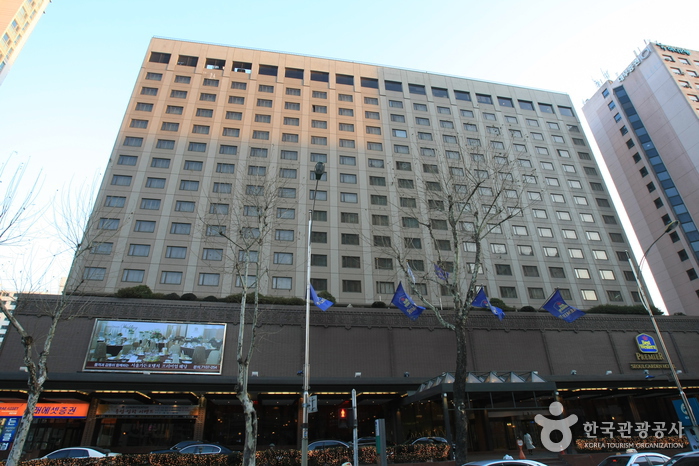
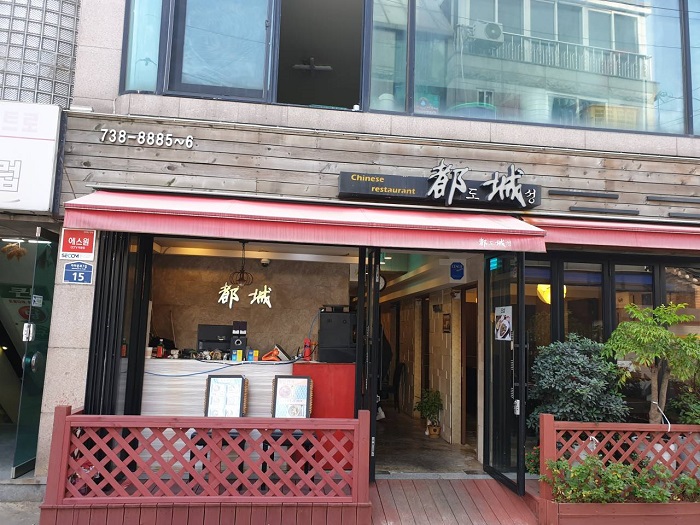

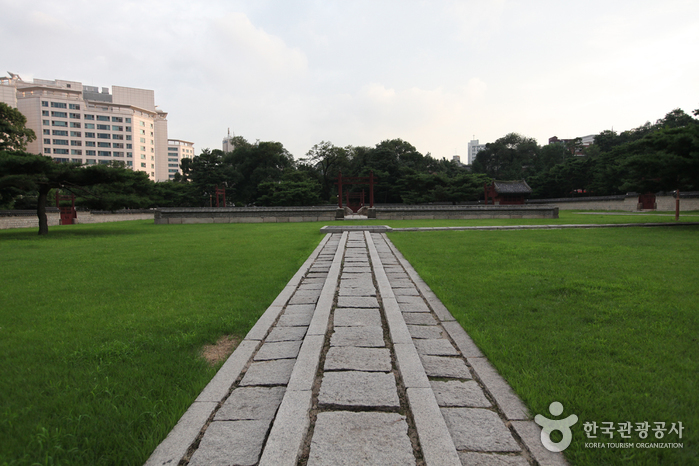
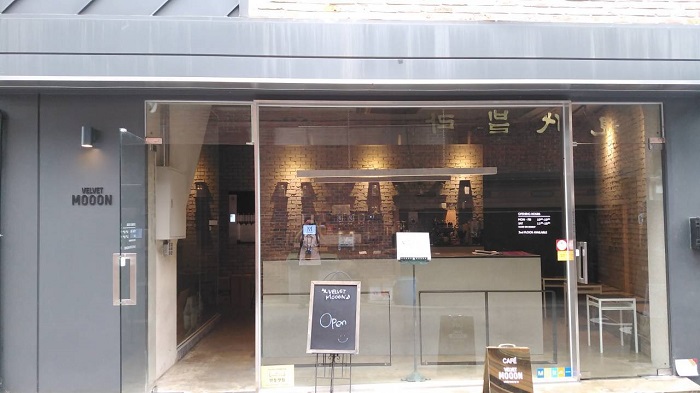
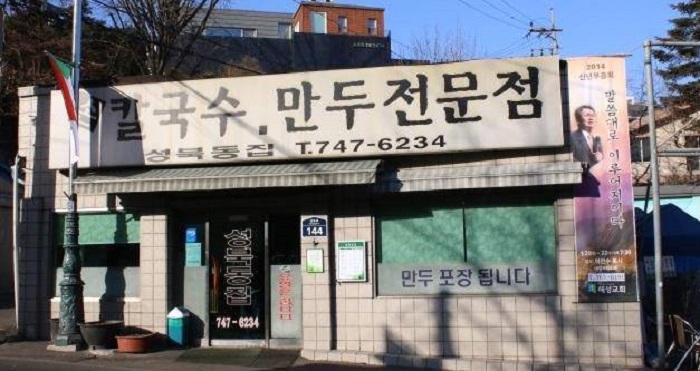
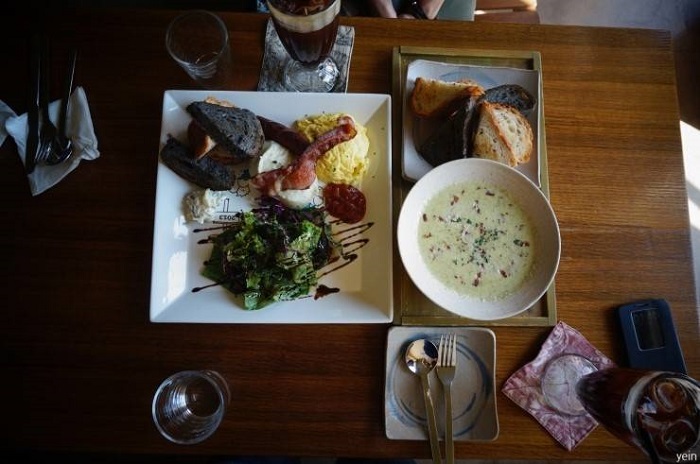
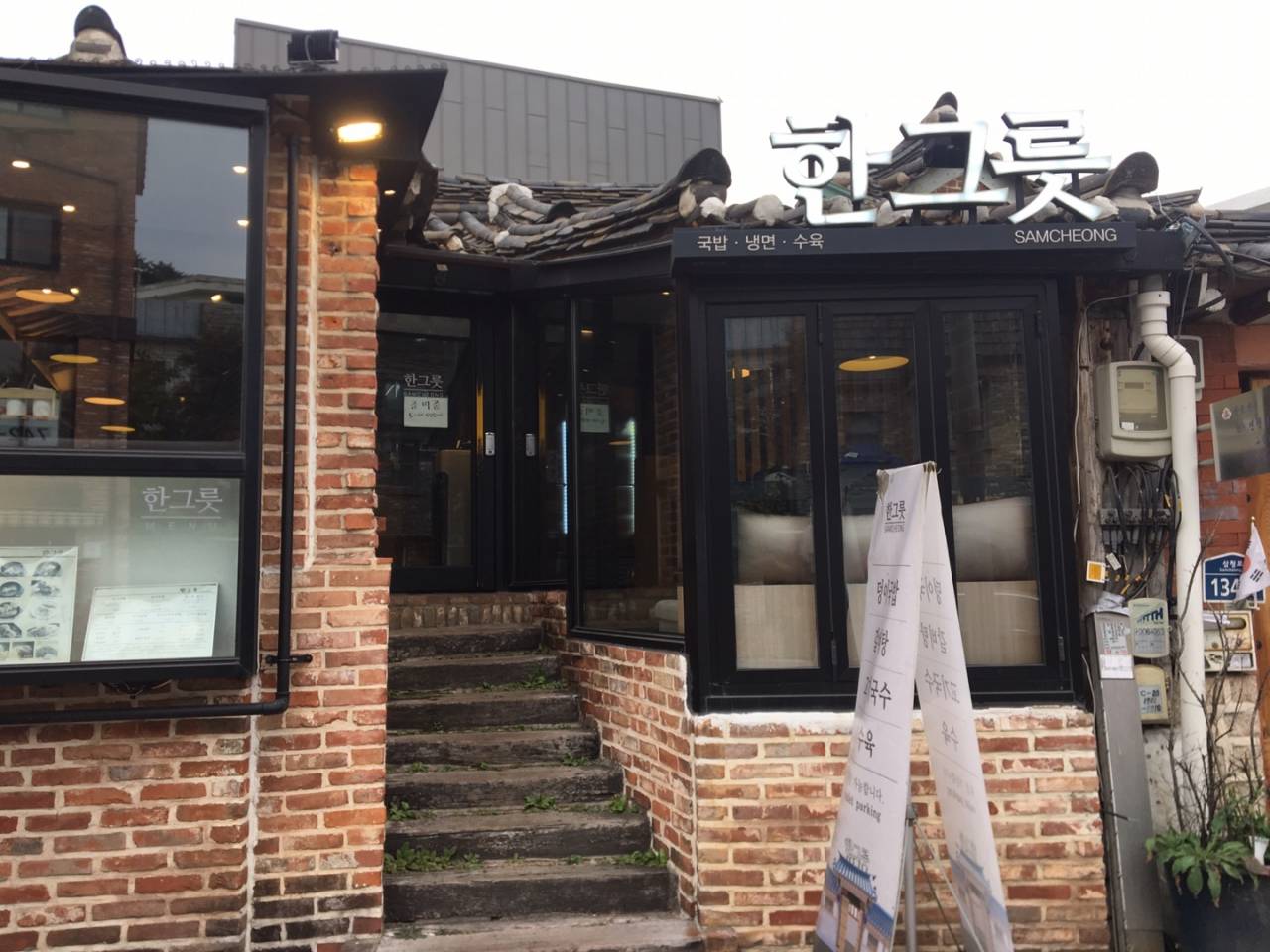
![Seochon Guest House [Korea Quality] / 서촌 게스트하우스 [한국관광 품질인증]](http://tong.visitkorea.or.kr/cms/resource/41/2447241_image2_1.jpg)
 Español
Español
 한국어
한국어 English
English 日本語
日本語 中文(简体)
中文(简体) Deutsch
Deutsch Français
Français Русский
Русский